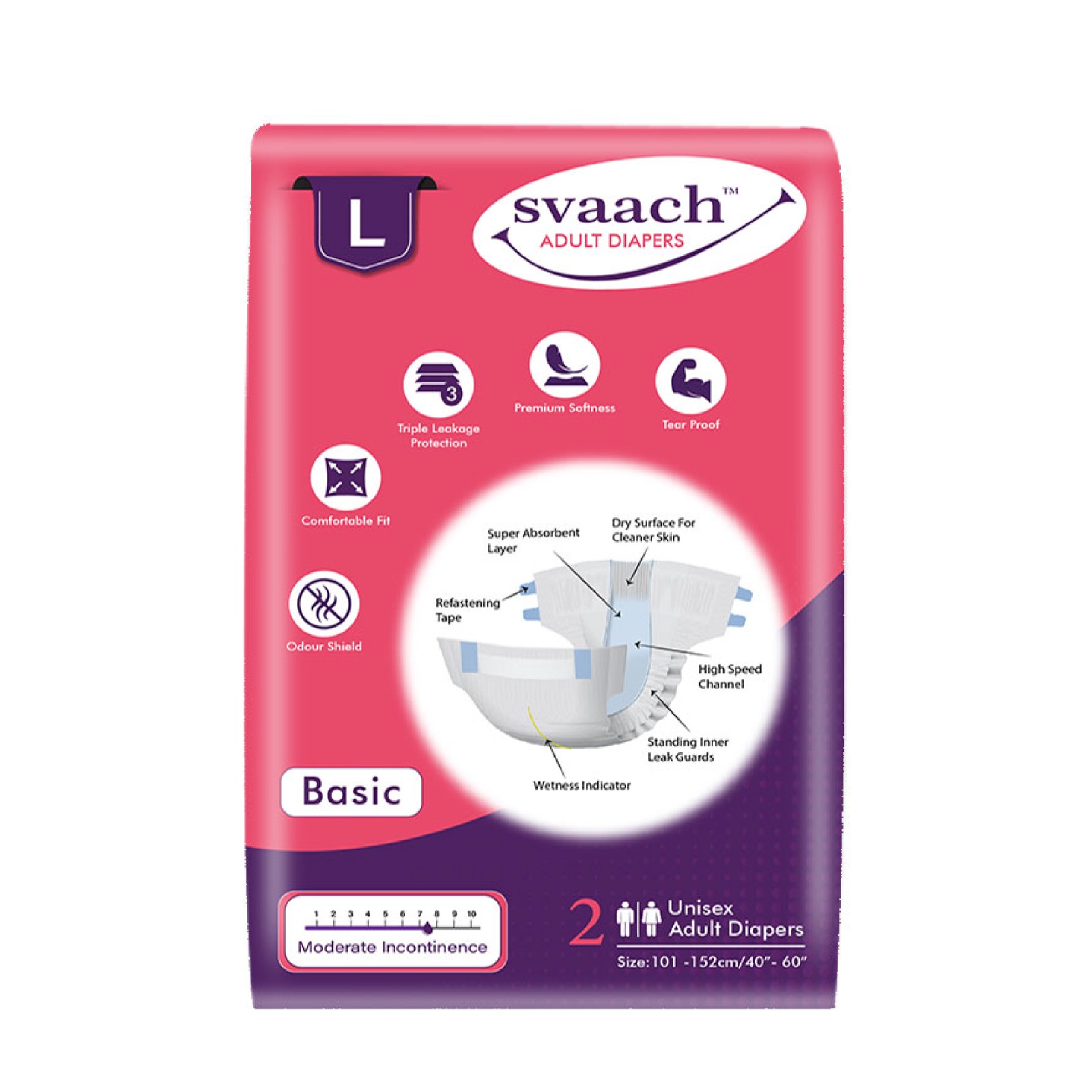Knee pain and inflammation are mostly caused due to osteoarthritis of the knee. It can be really difficult and discomforting to carry on with the routine chores with constant knee pain. Knee replacement surgery is not usually the first or the only treatment that orthopedic doctors recommend for the condition. Initially, non-invasive treatments are advised for a few months to check the rate of healing. If you have also been facing the troubles of damaged knee-joint such as soreness, morning stiffness, and swelling, read further for effective surgery alternatives.
Following are the 7 most effective knee replacement alternatives that you should try:
- Oral Medications- There are many over-the-counter medicines that are prescribed by orthopedic doctors to manage osteoarthritis. The medications most prescribed include NSAIDs (Nonsteroidal, anti-inflammatory drugs). Taking over-the-counter available medicines, even NSAIDs without consulting your doctor is not safe and can cause side effects. Some common side-effects are increased blood pressure, heartburn, upset stomach, etc. Thus, do not rash decisions when it comes to medications for any ailment.
- Exercises for knee joint mobility- Low impact exercises are effective in improving the strength and mobility of the knees. Exercises that strengthen the muscles of the leg help in reducing knee pain and enhance the mobility of the joint. Exercising about 3-5 times a week can bring a major improvement in your condition. Do not forget to take your doctor’s opinion before starting the new regime.
If your doctor approves, perform the following low-impact exercises for better knee flexibility, less stiffness, and the strengthening of the lower body:
- – Cycling
- – Yoga
- – Swimming
- – Walking
- – Strength training
- Physical therapy: Knee pain due to osteoarthritis tends to affect overall balance and the strength of the body. Physiotherapy is a good option to restore balance, strength, and mobility to a great extent. Your physical therapist will form a treatment plan best for your condition of osteoarthritis. The physical therapy may continue for 2-3 months based on your body’s response to it. Completing the course of therapy usually offers long-term relief in mild conditions.
- Weight loss for reducing pressure on the knees- The knee joint takes up our upper body’s pressure while sit, stand or walk. People who are overweight or obese can try shedding that extra body weight to provide relief to their knees. Doctors say that even reducing the 10% of the bodyweight can bring significant relief in the knee joint pain. Obesity is also seen to be associated with increased chances of inflammation in the body. Inflammation can make the pain in the knee more awful. Hence, it is emphasized much by specialists to maintain healthy body weight to keep away knee and other joint-related problems.
- Hyaluronic-acid Injections- Hyaluronic acid is known as the natural lubricator that protects your joints from wear and tear. Hence, the acid performs the function of shock-absorber for the knees. People suffering from osteoarthritis are recommended by orthopedic doctors to get this knee replacement alternative gel. Hyaluronic acid injection offers considerable relief from pain, swelling, and inflammation in the knee. The frequency and duration of getting the injection depends upon how severe the condition is.
- Steroid injections- The injections of steroids called corticosteroid/cortisone are also recommended in some cases. Cortisone is a steroid that acts like cortisol that is secreted by adrenal glands in the body. Steroid injections bring relief from the pain and inflammation in the knee.
The injection may start imparting relief within 24 hours. However, corticosteroid takes about 3-7 days in showing its effect on the body. Though the relieving effect from injections is quite significant, it is not a permanent treatment for a severely damaged knee. The pain and inflammation may recur and cause you frustration. Furthermore, there are some minor drawbacks also of relying upon steroid shots. Ask your doctors about the potential side effects and if it is safe for you to get the shots.
- Supplements for joints- Some people suffering from damaged knee joints are recommended by the doctor to take nutritional supplements such as chondroitin glucosamine. Both these substances consisting of sugar chains are found in cartilage. Chondroitin and glucosamine provide structure to the cartilage and counter their deterioration. The high-dose supplements for joints are effective in alleviating more than 50% of knee pain and inflammation. It generally takes 4-6 weeks in experiencing the benefits of joint supplements. Consult your doctor regarding the suitability of this knee replacement alternative for you along with the right dosage.
All the above-mentioned conservative/non-surgical knee replacement alternatives may or may not offer long-term/complete relief from knee osteoarthritis. It entirely depends upon the severity and the duration of the condition.
When does knee replacement surgery become necessary?
You may need to undergo knee replacement surgery if you notice these problems again in a few months following the non-surgical treatments.
- Unbearable pain in the knee that hinders your normal routine activities.
- Moderate pain in the knee while resting your legs
- The inflammation and swelling don’t subside even after a medication or complete rest
Whether you need a partial or total knee replacement is only determined by your orthopedic surgeon after running thorough tests. Although knee replacement surgery is a major procedure, it allows you to get back to your quality of life without any more compromises
Minimally invasive surgery for knee replacement- a better choice
With the advances in surgical techniques, minimally invasive procedures for knee replacement have come into existence. The advanced technique requires only minimal access to the body and causes fewer problems for the patient post-surgery. It also offers various other benefits over traditional open knee replacement surgery.
Why is minimally invasive surgery for knee replacement preferred over the traditional approach?
- Instead of one large incision of about 12 inches, only a minor incision of 3-4 inches is carried out in the knee region.
- There is no dislocation of the thighbone involved in the minimally invasive procedure while placing the implant.
- The muscles present in the front of the thigh (quadriceps muscles) and other soft tissues are not cut and only pushed or adjusted a little.
- The kneecap is just shifted a bit. However, in the open surgery, the surgeon turns over the kneecap to 180 degrees to adjust the implant and other bones of the knee joint.
- Blood loss is very less as compared to the standard open surgery.
- Short and smooth period of recovery without any major risk for a complication.
However, in some cases, the minimally invasive technique may not be best suited for the patient due to an underlying medical condition. Thus, it is highly advised to go through proper diagnostics and have a detailed consultation regarding the knee replacement procedure.
By now, it must have become clear to you that knee replacement surgeries are safe if you opt for the right technique
Conclusion
Surgery is the solution for patients, who experience the pain, stiffness, and inflammation again within a few months even after getting most of the earlier mentioned conservative treatments. For such individuals, no amount of conservative treatment can cure the severe damage in their knee joint. Thus, the damaged parts should be replaced with artificial parts/implants that are safe. Consult your nearest orthopedic surgeon for the best-suited treatment for your inflamed knee joint. The sooner you address the condition, the faster you can get rid of it.
*****





























